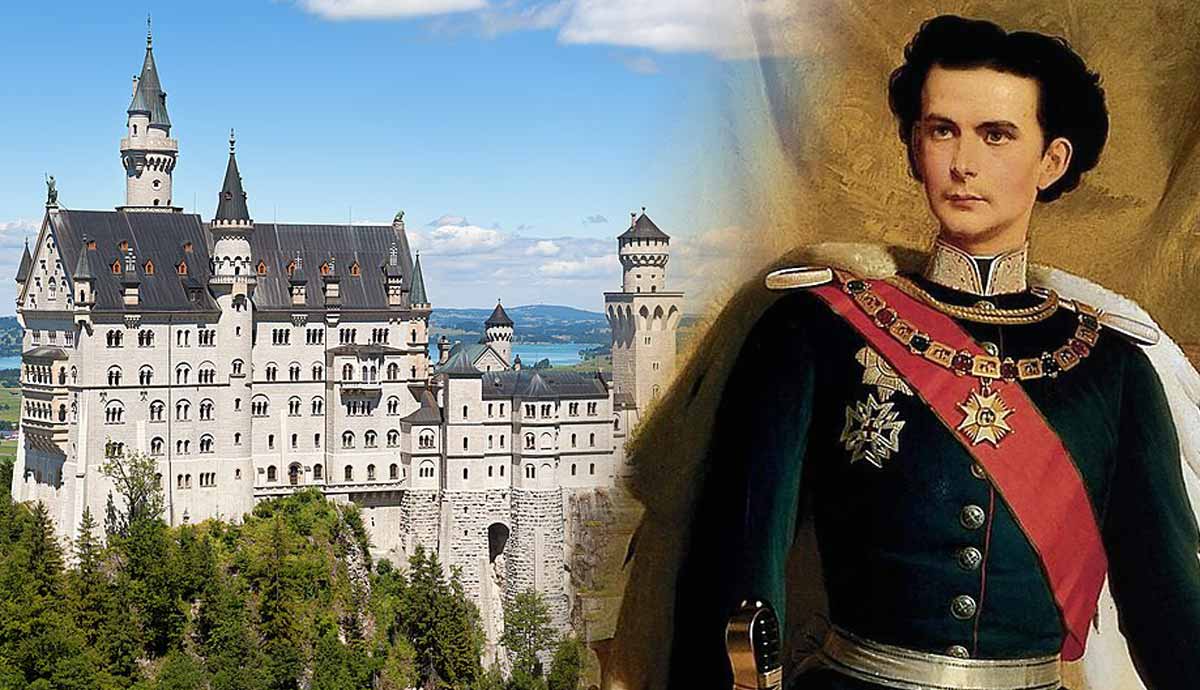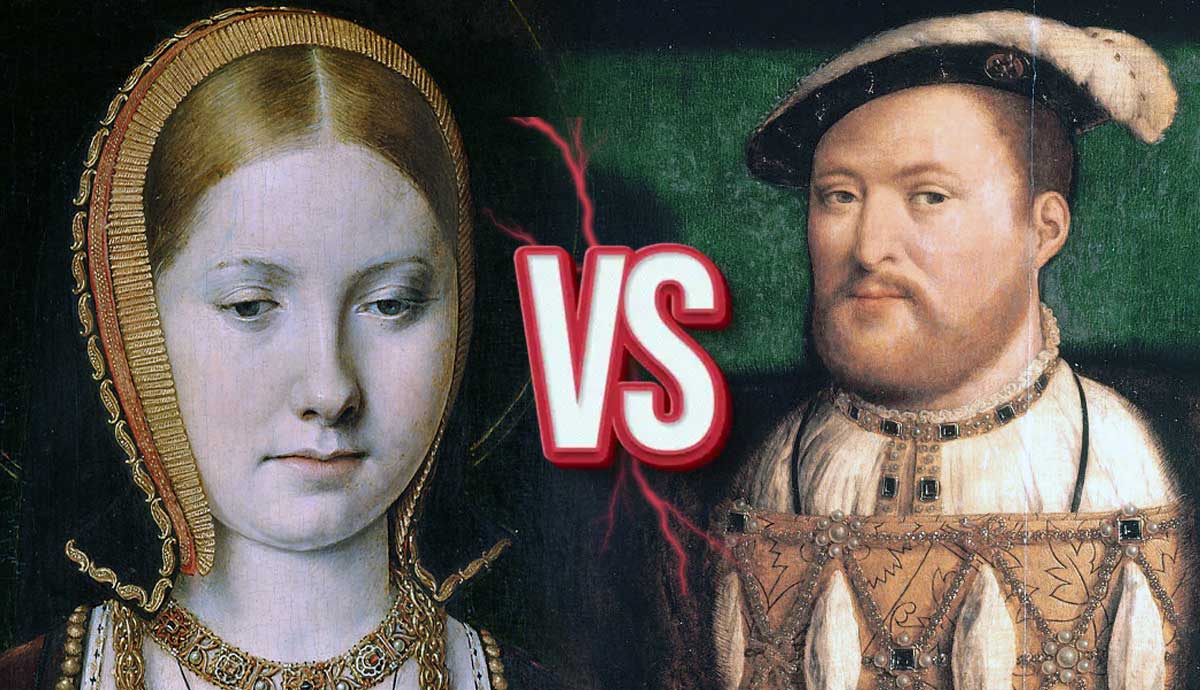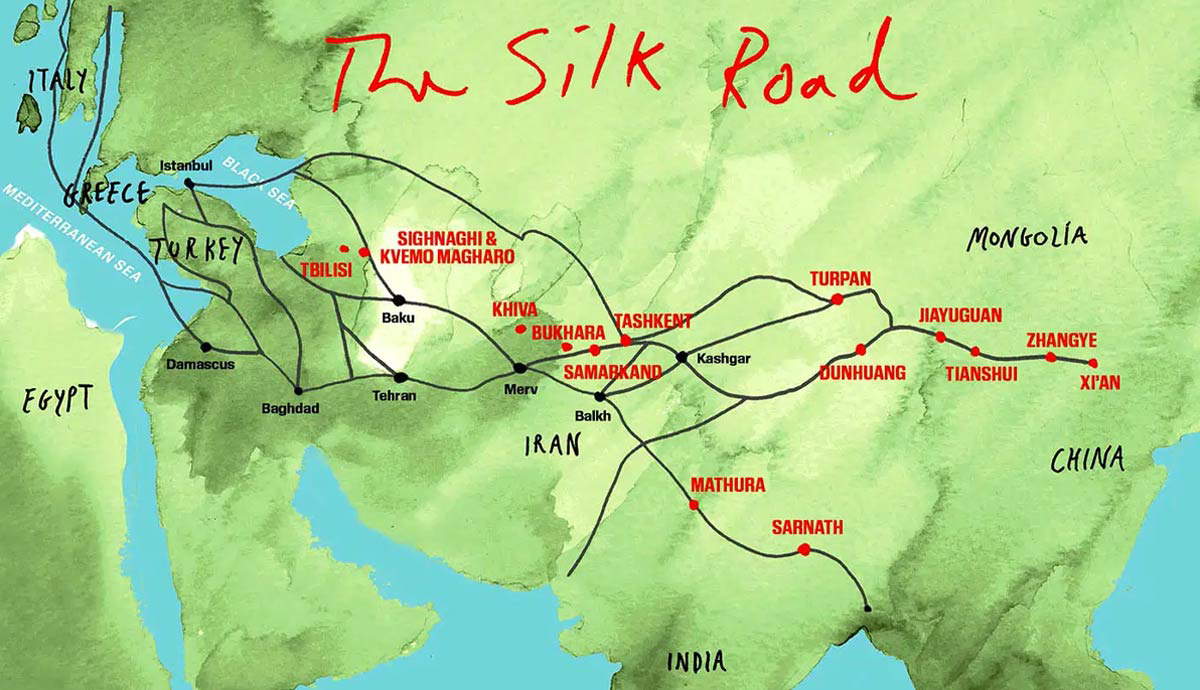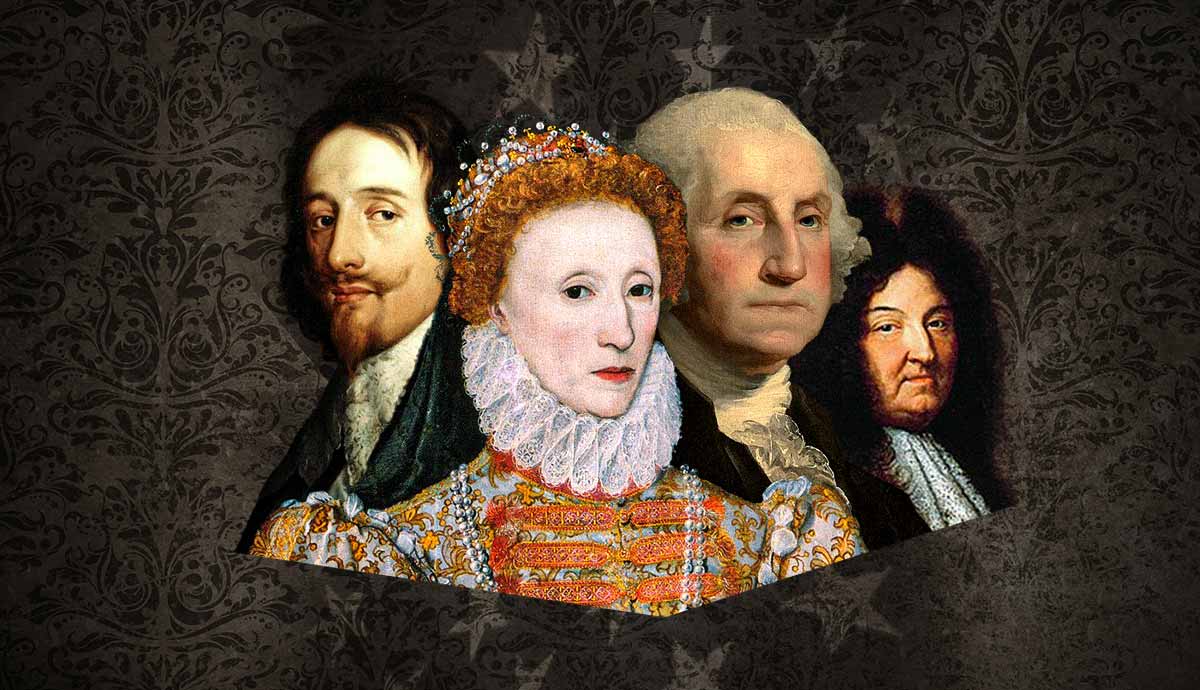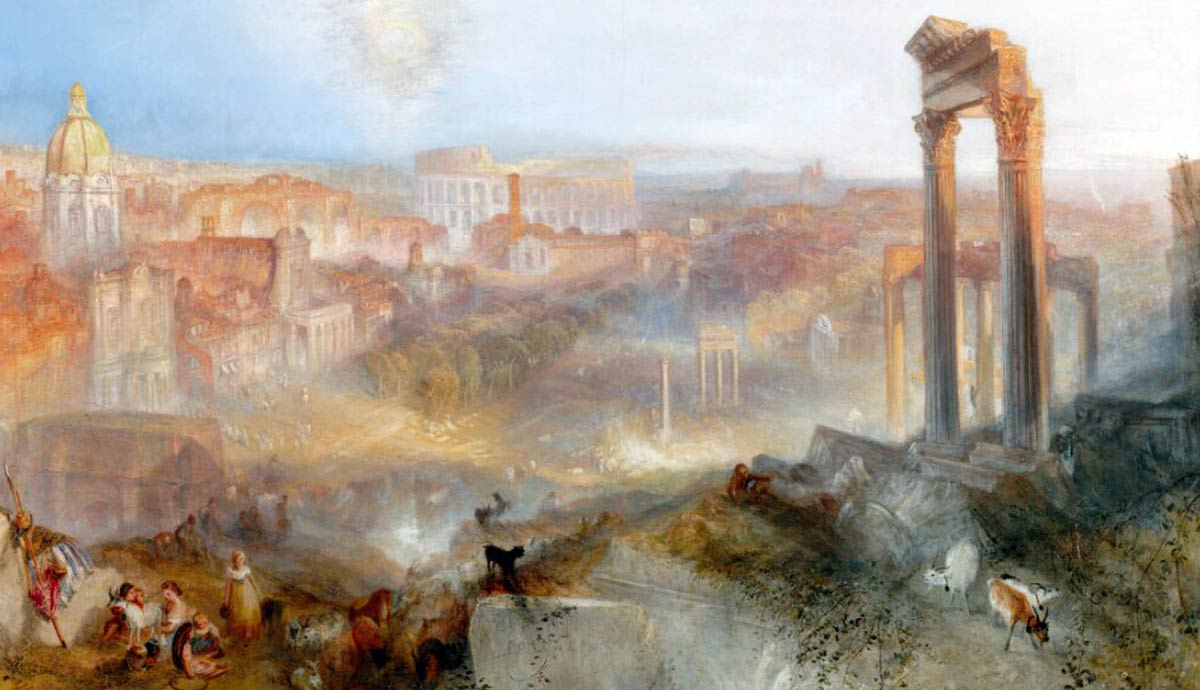
For young people on the isolated British Isles, travel has long offered an opportunity to broaden one’s mind through encountering different cultures and ways of life. While many Brits nowadays travel far afield to find themselves, Europe was the place to go throughout the 17th to 19th centuries. As the cultural exchange between Britain and Europe developed, English literature changed too, reflecting the broadening landscapes of its authors: from travelogues informing readers about Renaissance Italy, to tales divulging the exploits of naughty nobles in exile. Read on to discover more about the Grand Tour.
What Was the Grand Tour?

If you were a young British man of means between 1700 and 1900, chances are you would undertake some kind of travel on the Continent in your late teens or early twenties. This may not seem particularly noteworthy until we recollect that, in the preceding centuries, the only people likely to travel across Europe were merchants, diplomats, and monarchs (if we place pilgrimages, crusades, and wars in a separate category).
Traveling solely for leisure purposes was uncommon except among royal families. It was not until the late 17th century that the idea of tourism, or undertaking a Grand Tour, began to catch on among wealthy nobles.
The route and rationale of the Grand Tour fluctuated over the decades, starting off as a secularized form of pilgrimage that usually took in Rome and selected other Italian cities. On their way there, Grand Tourists would generally stop in Paris, another key destination.
Both Paris and Rome were then, as today, centers of art and history, where these young men could gain an aesthetic education and, it was hoped, a moral one as well. Simply by mixing with people from another country, they would become more worldly and open-minded. The Grand Tour became like a finishing school: young men who had grown up learning about the Renaissance would top this off by going directly to the source.

The eminent critic and compiler of the English dictionary, Samuel Johnson, wrote: “A man who has not been in Italy is always conscious of an inferiority, from his not having seen what it is expected a man should see.” Johnson himself had never been on the Grand Tour, although his friend and biographer, James Boswell, had, so perhaps Johnson recognized this sense of inferiority all too well. By the mid-18th century, it was not just common but expected that young men would see Italy and its splendors.
Were these places throughout France and Italy essential destinations purely due to the aesthetic education they offered? As the Grand Tour became a recognized tradition, it gained other connotations, particularly because of British perceptions about the southern regions of Europe. At the same time, as Italy was a desirable destination for wealthy young men, it was also the target of xenophobic attitudes in Britain, partly because it was a staunchly Catholic country, while Britain had by now been Protestant for over a century.
Caricatures in the British press represented Southern Europeans as more permissive, even lascivious, than Brits. Increasingly, young men were drawn to the Continent as a haven for things they might not get away with at home. Extramarital affairs, drinking to excess, homosexuality: all these could be enjoyed on holiday and not be brought home to endanger their upstanding reputations. Although less explicitly acknowledged than the aesthetic and moral education angle, the prospect of sexual adventure was an important draw of the Grand Tour for many young men.
Laurence Sterne: An Early Literary Grand Tourist

Laurence Sterne is best known for his sprawling picaresque novel The Life and Opinions of Tristram Shandy, Gentleman, a comic and experimental biography of the title character. Book Seven, published in 1765, included a parody of the Grand Tour and of the genre of travel writing it spawned.
A chapter about Calais takes the reader on a journey through the town with the narrator, seeing through his eyes as an impartial observer of this unknown terrain, taking note of architectural features and the habits of the locals. But by the time the narrator is traveling through Boulogne, he addresses us hastily, in broken sentences, as if he is on the move right at that second, and so we learn very little about the place. All he has to say about Montreuil, meanwhile, revolves around an innkeeper’s daughter.
Sterne had thus already satirized travel writing, with its mixture of awestruck discovery and condescension, by the time he came to write A Sentimental Journey through Paris and Italy, published in 1768. He was partly responding to fellow author Tobias Smollett’s Travels through France and Italy, published in 1766, which included meticulous detail of each town Smollett encountered. Smollett’s account chimed with contemporary xenophobic attitudes, deriding the French and Italians as flighty, argumentative, and morally lax, and critiquing Catholic traditions.

Since 1768 was also the year Sterne died, leaving A Sentimental Journey unfinished, his hero Yorick (who had previously appeared in Tristram Shandy) never makes it to Italy. Instead, the book describes Yorick’s travels through France, again taking in Calais and Montreuil before arriving in Paris and Versailles.
Although Yorick goes on various adventures, on the whole A Sentimental Journey lives up to its title, providing a much less bawdy and less vituperative account than audiences might have come to expect from, firstly, Sterne’s looser approach in Tristram Shandy, and secondly, the reputation of the Grand Tour as bolstered by other works such as Smollett’s. A Sentimental Journey trades more on pathos, suggesting the moral education to be gained from traveling and coming into contact with ways of life vastly different from one’s own.
Travel Guides, Misdemeanors, and Country Houses

The Grand Tour had three important legacies in English literature. As the example of Laurence Sterne suggests, authors began to look further and further outwards, over the seas, and to incorporate features associated with the genre of travel guides into their novels, poems, and plays. Readers might learn as much about a place from a text like A Sentimental Journey through France and Italy as from a text specifically produced to help tourists plan their travels.
The travel guide remained closely associated with Grand Tour literature, as by the 19th century, the literary critic John Ruskin was producing works such as The Stones of Venice (1851-53). In the Grand Tour tradition, Ruskin had traveled to the Italian city to see for himself the decaying glories of Byzantine and Renaissance architecture.
By the late 19th and early 20th centuries, the idea of taking a travel guide on the Grand Tour was so commonplace it amounted to a literary joke. In E.M. Forster‘s novels Where Angels Fear To Tread (1905) and A Room With A View (1908), young women going abroad for the first time roam Italy clutching their Baedekers, a popular 19th-century travel guide.
This marks these characters as curious, eager to become cultured, if a little naive, like their ancestor Dorothea Brooke in George Eliot’s Middlemarch (1871-72), whose honeymoon in Rome might have benefited from a Baedeker, to save her becoming so conscious of the gulf separating her from her intellectual, unworldly husband, Reverend Casaubon.

Female characters very rarely undertook the Grand Tour until Forster’s time. Instead, fiction shows men enjoying the more permissive lifestyle they might encounter on the Continent. This line runs right through literature, from Sterne’s mostly innocent adventures to Lord Byron and William Beckford in the late 18th and early 19th centuries, both of whom chose Italy as a place of self-exile after scandals in Britain.
Beckford, author of the Gothic novel Vathek (1786), was forced to leave his comfortable life in the landed gentry after a public scandal involving him and a boy. His Letters from Italy with Sketches of Spain and Portugal (1834) suggests the more relaxed attitudes in Southern Europe. In Portugal, he even had a relationship with a young male musician.
Southern Europe continued to serve as a place of exile for British men embroiled in scandal long after the Grand Tour tradition had subsided. In Evelyn Waugh’s Brideshead Revisited (1945), Lord Marchmain resides permanently in Venice, conducting the affairs of his English country estate at a distance.
Lord Marchmain lives with a younger woman, but Waugh was nonetheless drawing on the tradition of men such as Byron and Beckford. His real-life inspiration for Lord Marchmain—William Lygon, 7th Earl Beauchamp—had left his country seat and position in government after being outed in the press, undertaking a not entirely voluntary Grand Tour around more liberal countries.

Country houses such as the fictional Brideshead Castle are another essential influence left by the Grand Tour on English literature. By the 20th century, the country house novel had become a genre in itself, but even before this, numerous novels in the English canon—from the Brontës to Charles Dickens, Anthony Trollope, and Jane Austen—are set in country houses of greater or lesser grandeur.
A defining feature of the country house, following the institution of the Grand Tour tradition, was its collection of spoils from the lord of the manor’s travels. Sebastian Flyte, in Waugh’s Brideshead Revisited, chastises his guest Charles Ryder for being such a tourist as he looks in awe at the treasures accrued by the noble family.
Young men went on the Grand Tour not only to see the paintings and sculptures of Renaissance Italy or ancient Greece, but increasingly to acquire these art objects, transforming the country house into—as many of them remain today—more of a living museum than a home. Without the Grand Tour and its expectation that young noblemen would demonstrate their level of culture through their travels and acquisitions, the country house may never have become such an iconic setting for so many works of English literature.
Lord Byron: Literature’s Greatest Grand Tourist?

If the Grand Tour left its mark on literature through both a sense of expanded horizons and a notion that Brits might find a more enticing, laid-back society abroad, then Lord Byron might be the best example of the Grand Tour’s influence on literature.
Childe Harold’s Pilgrimage (1812-18), the long poem which made Byron famous, narrates the travels of a hero who “loathed […] in his native land to dwell,” having made his way there “through Sin’s long labyrinth,” and resolves to leave for Europe (Byron 2004, canto 1, verse 4-5).
As Harold roams through Spain and Portugal, Greece, Albania, Switzerland, and Italy, Byron creates the enduring image of the Romantic hero as an eternally unsatisfied wanderer. His reference to a ‘pilgrimage’ in the title harks back to the Grand Tour’s historical connection with the act of going on pilgrimage, that is, traveling in order to find spiritual fulfilment.
Fact and fiction were never far apart for Byron. The “glorious Eden” of Sintra in Portugal, in the first canto—or volume—of the poem, was one of Byron’s destinations on his own Grand Tour in his early twenties (Byron 2004, canto 1, verse 28). Drawn further east than many Grand Tourists, Byron also went to Greece and Albania on this trip, furnishing further material for the first two cantos of Childe Harold, published in 1812.

But by the time the fourth and final canto of Childe Harold came out in 1818, Byron was not just a former Grand Tourist like any other young nobleman: he was living in exile. After becoming infamous on several counts—his poetry, his mounting debts, his tempestuous marriage and well-publicized affairs, and rumors of incest with his half-sister—Byron left Britain in 1816, spending the remaining eight years of his life abroad.
That summer, he was at the Villa Diodati in Geneva during the historic night which saw Mary Shelley come up with Frankenstein. Byron himself inspired another Gothic tale devised that night: The Vampyre, written by his physician, John Polidori. Like fellow Romantic poets Percy Shelley and John Keats, Byron was drawn to Italy, with its rich artistic and literary heritage.
He passed riotous months in Venice, which languishes in “dying glory,” according to Childe Harold, but whose history still casts a spell on the traveler, reminding him “how Venice once was dear, / The pleasant place of all festivity, / The revel of the earth, the masque of Italy!” (Byron 2004, canto 4, verses 1 and 3). He lived in Ravenna, Pisa, and Genoa, immersed in the history, the culture, and various affairs with women and men.
Byron also represents the decline of the Grand Tour tradition. As the Romantics died out on the Continent—Keats in Rome, Shelley off the coast of Italy, and Byron himself in Greece as a would-be champion of Greek independence—the dream of the Grand Tour died out too. Its idealistic but rather exclusionary notion of travel gave way to something more egalitarian and (often) disenchanted.
Later Grand Tourists

By the late 19th century, the Grand Tour was referenced by authors with a full consciousness of the stereotypical and outdated ideas it was supposed to represent. Dorothea in George Eliot’s Middlemarch, the heroines in E.M. Forster’s novels, the heroes in Henry James’s novels: all are aware that they should be morally and aesthetically improved by their experiences on the Continent, even if they do not quite feel this way.
Following 17th- and 18th-century authors’ depictions of Grand Tours, 19th-century authors inherited a broader set of horizons, and interest in the culture and history of Revolutionary Paris, Renaissance Italy, or ancient Greece only grew. The medieval Italian poet Dante (like Byron, a former resident of Ravenna) was rediscovered in 19th-century English literature, while John Ruskin and Walter Pater drew on their own Grand Tours to revive critical interest in Renaissance painting, sculpture, and architecture.
As both travel and reading material became easier to afford for ordinary people, not just the nobility, the experiences of both reading about European art and culture and seeing it firsthand ceased to be an exclusive privilege. It is no longer compulsory for young noblemen (and only young noblemen) to travel abroad to widen their horizons and blow off some steam. However, this does not mean that the Grand Tour has gone away. Literary depictions of its typical destinations have only made readers more intrigued to visit themselves and tread in the footsteps of literary giants.
Bibliography
Byron, George Gordon (2004). ‘Childe Harold’s Pilgrimage’. Project Gutenberg edition.


